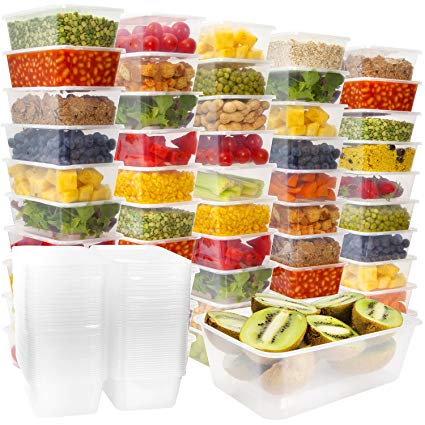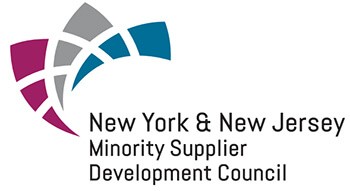
Plastic is a widely used material for packaging and storing food. This is because plastic containers are convenient, lightweight and economical. Even in your kitchen, there are lots of plastic containers and plastic packages. Therefore, plastic has become an essential part of your daily life.
But have you ever thought the very same plastic can be harmful to your health?
Yes, it is true that certain types of plastics like polycarbonate and PVC are not safe to use as they contain many tiny molecules that can transfer into the food it’s in contact with. Besides, the plastic itself can break down, causing the release of the monomer or other chemicals. In this way, your food items are prone to the contamination caused by plastics.
What are The Risks of Plastic Usage?
- Plastics release several types of phthalates like BPA which are endocrine disruptors as they imitate the body’s natural hormones and cause a lot of health problems. The United States Department of Health Human Services warns that children and infants are prone to this type of chemical.
- Some plastic food containers are not easy to clean or have grooved or lipped surfaces that accumulate bacteria. The bacteria may contaminate the food itself and make you vulnerable to gastrointestinal distress or food poisoning. So, you must use the containers that are open, wide and easy to clean.
- Besides inviting health hazards, plastic poses a great threat to the environment. The throwing away of plastic can contaminate the environment and build-up in landfills.
- Plastic can leak various types of harmful chemicals into food contents on being heated, such as storing boiling water or preheating in the oven.
How to Deal with the Dangers of Plastic While Storing Food?
Be Careful While Washing Plastic:
In dishwashers, extremely hot water and steam are used to wash the dishes thoroughly. Have you ever thought the same heat and water can break down the plastic molecules? Just like microwaving, heating plastic releases hazardous chemicals. So, you must wash your plastic cutlery by hand in lukewarm water.
Use Glass Containers:
Make a gradual shift to glass containers rather than sudden kitchen transformation and throw all plastic away. Choose glass containers with plastic lids, which are free from BPA and PVC.
Don’t reheat food in plastic containers:
Even with safe-labeled plastic containers, the heating can make the container to release the chemicals. These chemicals can seep into the food it’s in contact with.
Never Use Plastic Film to Wrap Heat Food:
Use plastic cling to wrap cold foods and salads. If you use them for a heated dish, the plastic may leave the chemicals to the food in its contact. Instead, you can use an aluminum wrap for the heated food.
Limit the Use of Water Bottles:
Even your plastic water bottles are not safe—it maybe your gym bottle or the commercialized mineral water bottle. They have small levels of BPA which are activated in heat and extreme cold temperatures. Therefore, you must not freeze a plastic bottle or use a bottle that has been kept in the scorching heat.





